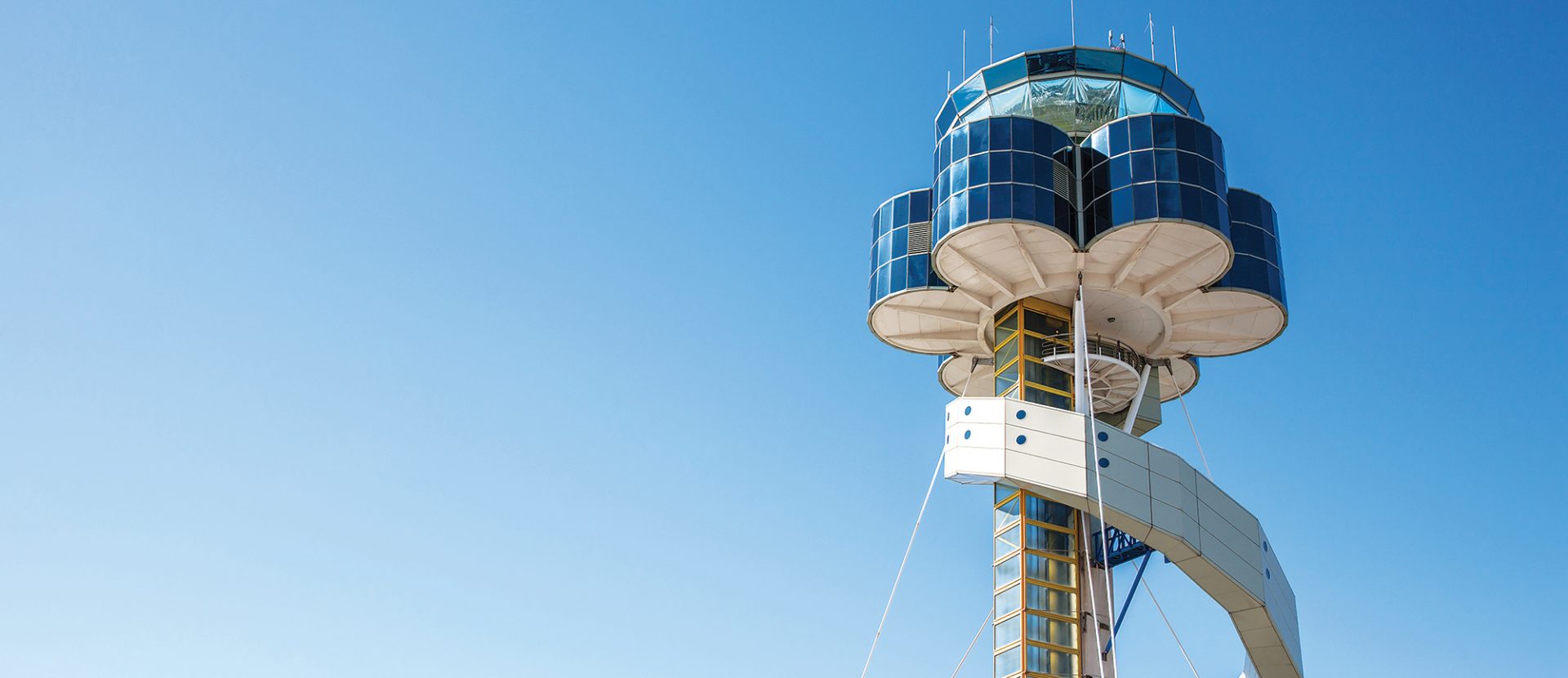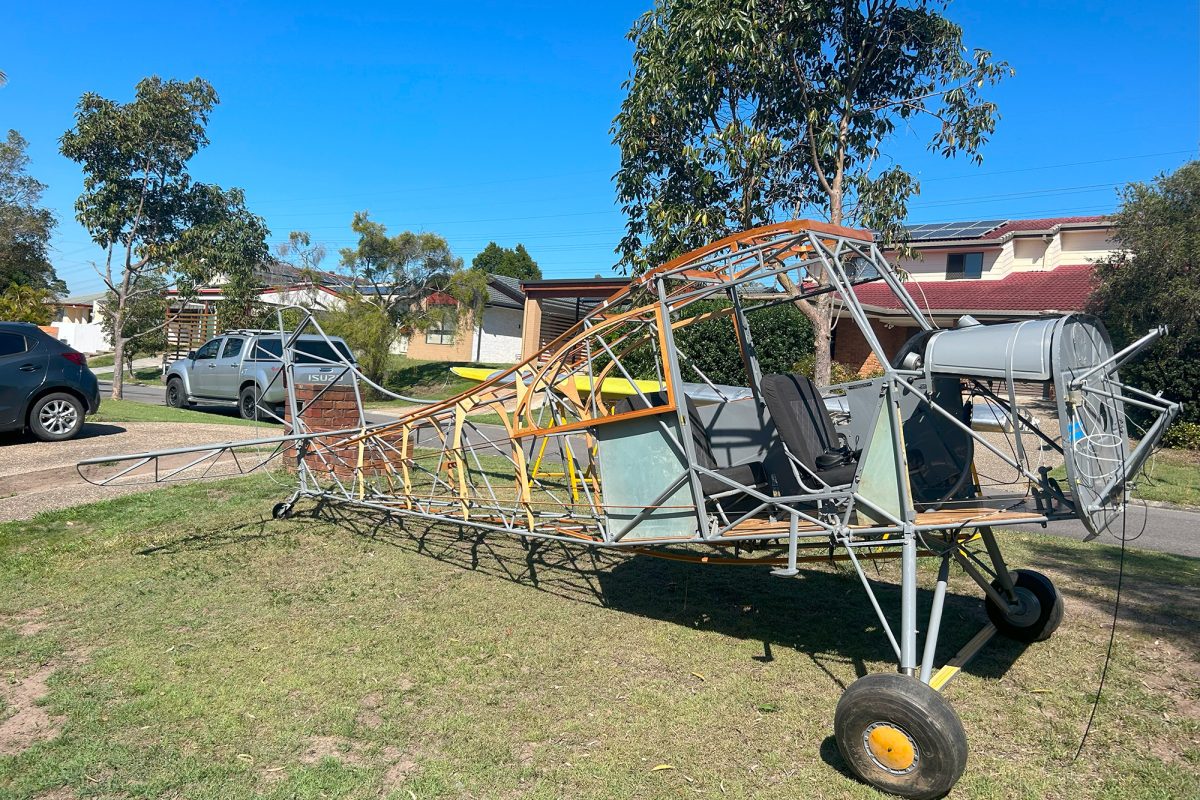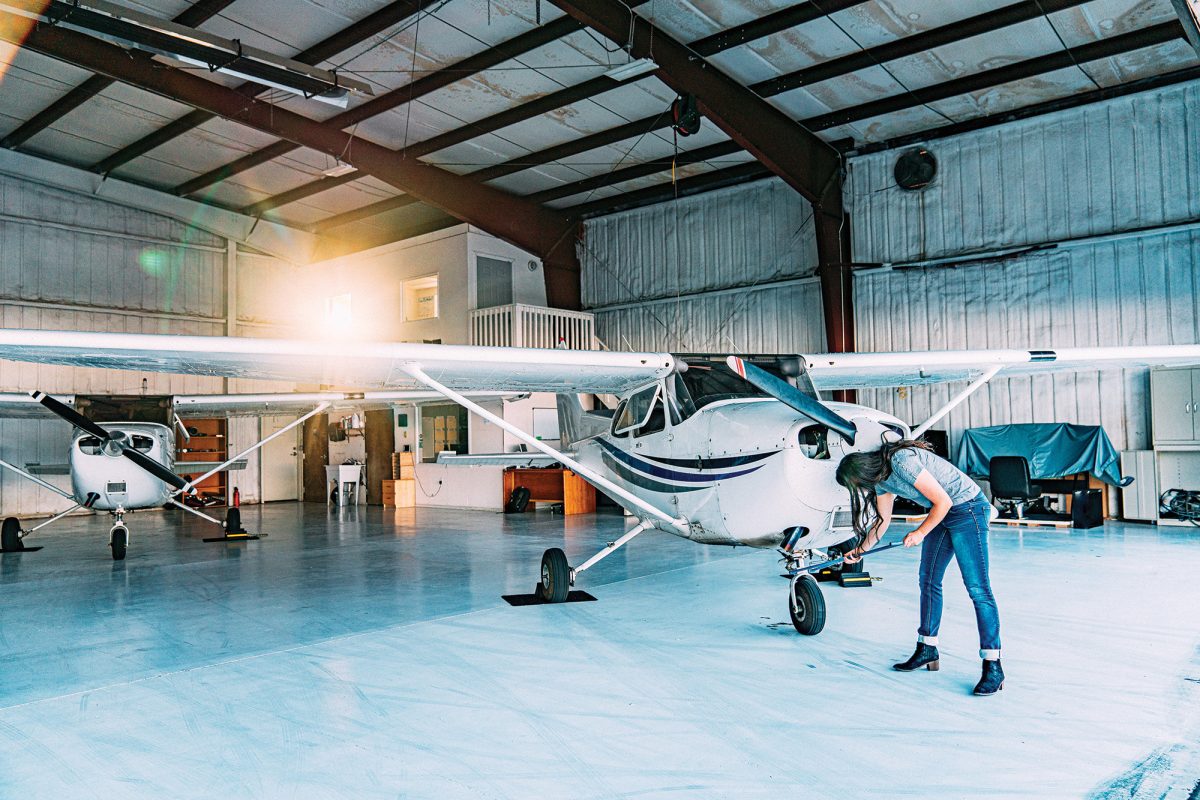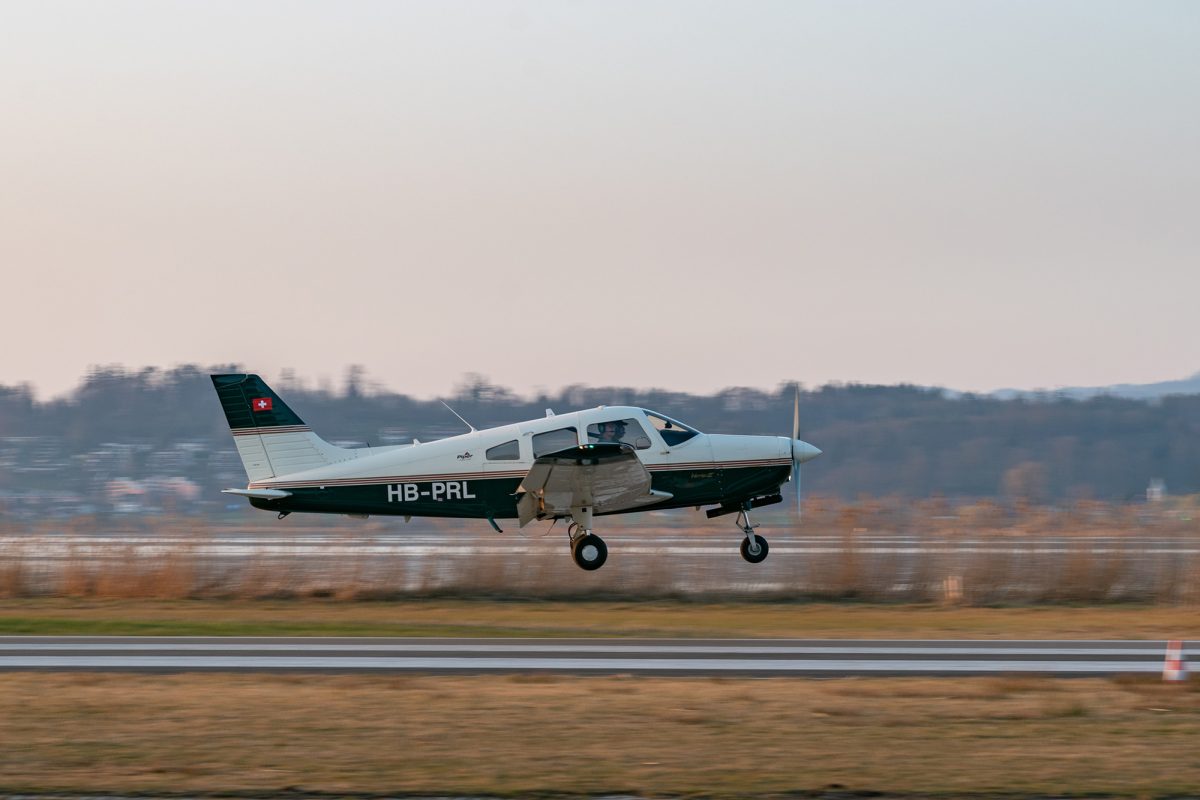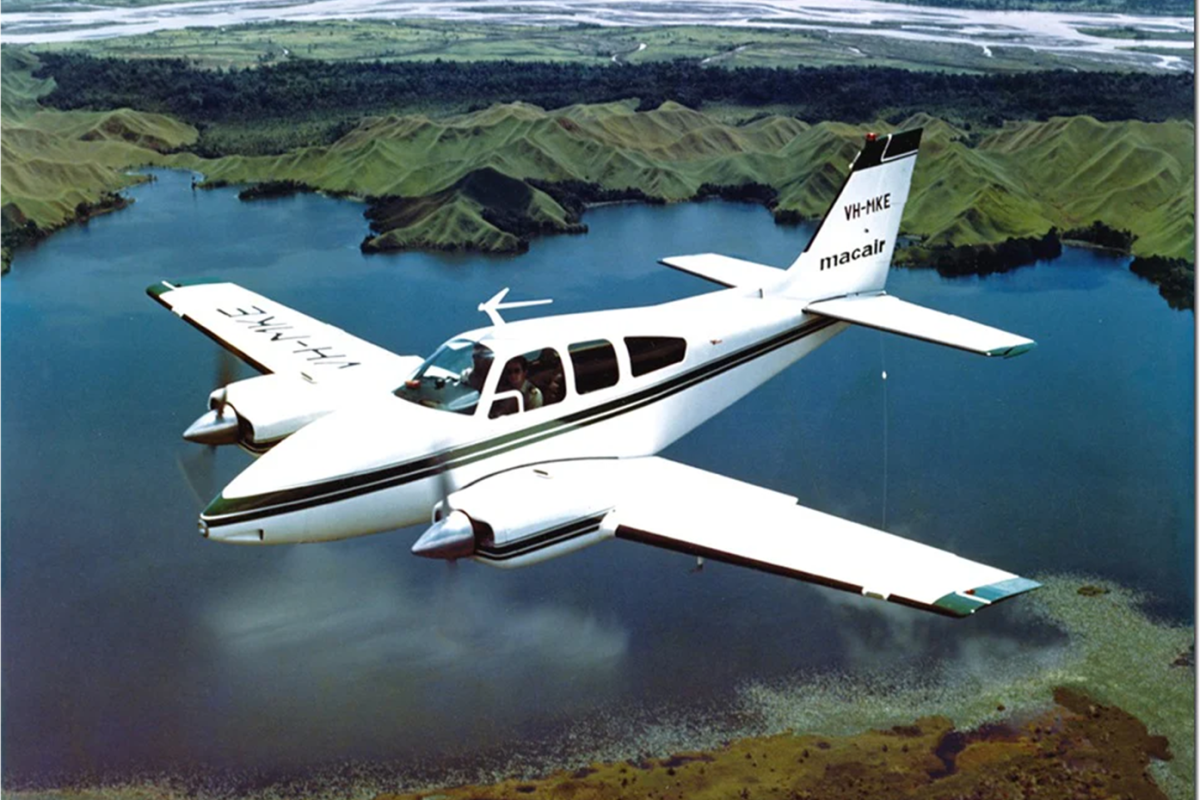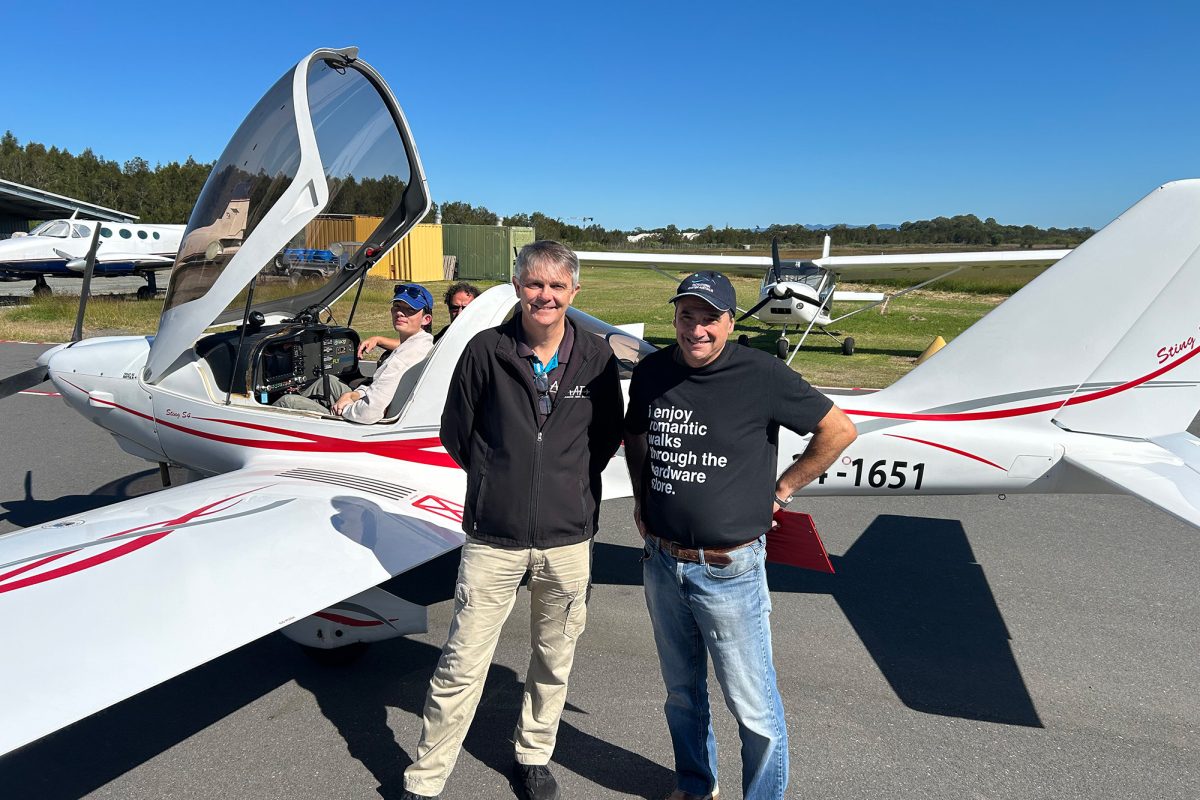WITH A $5,000 SUBSIDY UP FOR GRABS, NICHOLAS HEATH GOT MOTIVATED.
My 23-year-old son decided pretty much at the last minute that he was going trekking in Nepal. This was Thursday. He was leaving early Sunday morning, travelling via Delhi to Kathmandu. His mother – not surprisingly – was freaking out. I have been told that is her job. One of the ways to placate her was by tracking his flight literally in real-time using an App called Flightradar24 and the plane’s ADS-B signal. We could watch the flight’s altitude, airspeed and position accurate to a few metres.
ADS-B stands for Automatic Dependent Surveillance-Broadcast. Once again, the lads down at the naming department have had a red-letter day in coming up with a name and acronym that neither describes the object or its function. For some reason ADS-B is also being presented as dramatic, new and different technology. But it isn’t really. We have understood transponders for a long time. They squawk out a signal saying “this is who I am” (mode A) and “this is my height” (mode C). When you switch the transponder over to ALT you are actually activating mode C. ADS-B in out is really just adding more information to that in a package that uses GPS data to provide enhanced information on position, speed and direction. See, not all that complicated, is it? The really interesting part of ADS-B is its ability to show you traffic in the cockpit. Of course, the aircraft you are hoping to see needs ADS-B out fitted and you will need an ADS-B in device in your aircraft.
Since 2014, all IFR aircraft are required to have ADS-B fitted and for reasons I’m about to outline, we can expect a lot more VFR aircraft to have them fitted soon. So why do we expect that to dramatically increase? Well, I can give you about 5,000 reasons: The Australian Government is offering a subsidy of up to $5,000 for up to 50% of your costs for VFR aircraft. So, spend up to $10k and get half back. I don’t know about you, but free money is my drug of choice. Currently this offer runs until 31st May 2023 or until the funds run out. But you do need to own an aircraft to qualify. More details can be found at https://business. gov.au/grants-and-programs/automatic-dependentsurveillance- broadcast-rebate-program.
The complexity comes when you try to figure out an upgrade path. You see, not all ADS-B devices are equal. What you need to figure out is your mission and wallet size. There are two broad categories of ADS-B devices. There are small, lightweight, portable devices like the SkyEcho that will give you both ADS-B in and out, but won’t talk to Air Traffic Control or be visible by airliners. Then there are larger, fitted ADS-B devices like an upgraded transponder, such as the Garmin 335/345 or add-on to a glass system like the Dynon Skyview with transponders and receivers fitted. For big value, take a look at the tailBeaconX TSO and AV- 30-C bundle. I reckon we’re about to see a lot of these getting around. Let’s run through the pros and cons of each. Matt Bouttell and Cody Calder of RAAus did a rather nice video on the subject on the RAAus YouTube Channel (see National Safety Month 2022, Week 1 – Pilots)
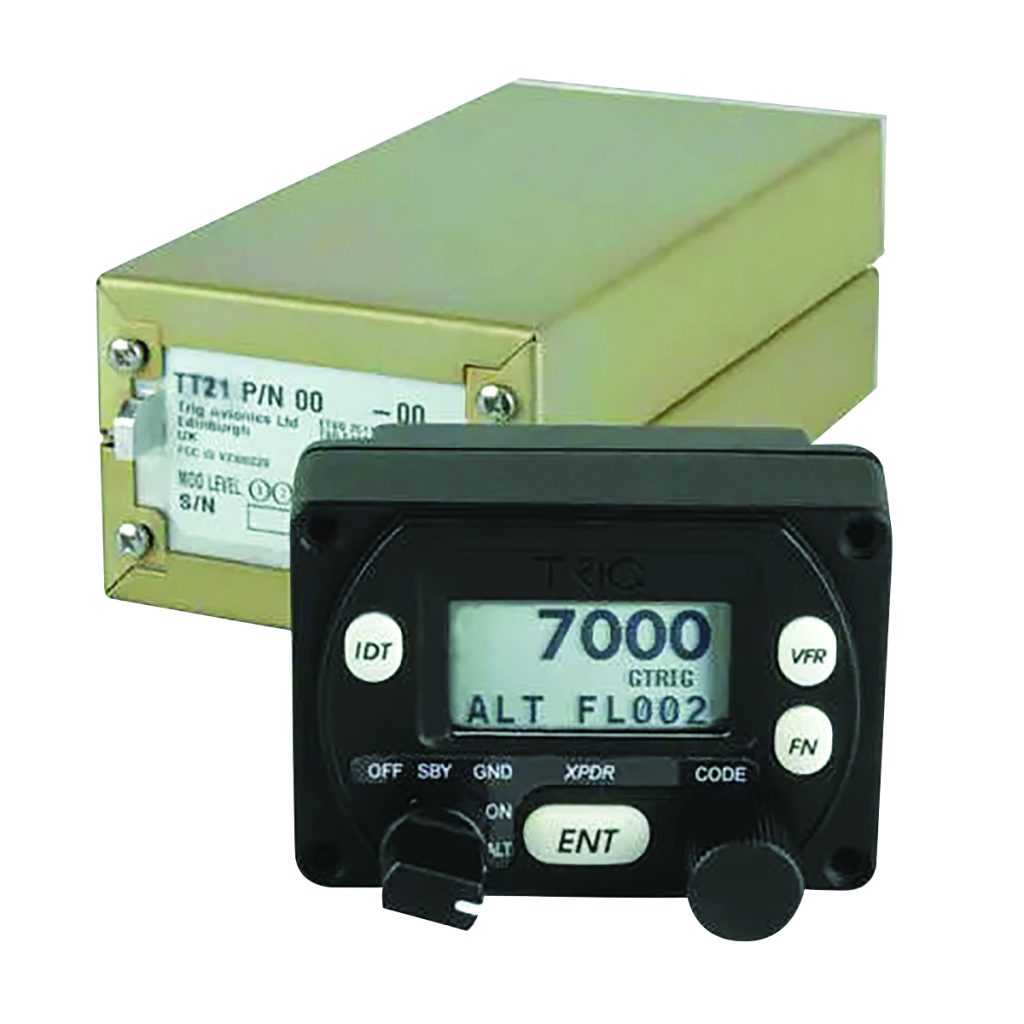
A lightweight, portable ADS-B device like the SkyEcho will let ADS-B receiving aircraft around you know where you are. These devices are relatively cheap – maybe $1 -$2K. If paired with a tablet running something like OzRunaways or AvPlan, then you can use the built-in Wi-Fi to send the ADS-B IN data to the screen and you will see local traffic running ADS-B. That includes most airliners and IFR traffic. The irony is, those airliners won’t be able to see you. Nor will Air Traffic Control. Most airliners aren’t fitted with ADS-B IN. Airliners use an older collision avoidance system called TCAS – Traffic Collision Avoidance System (the naming department must have been having an off-day – that almost makes sense).
Even more annoying, your ADS-B out signal from these portable devices is being filtered out by Air Traffic Control at this stage for a medley of reasons – this might be that the signal isn’t strong enough, the data is not verified and they just plain don’t like you. Okay, so I made that last one up, but it sure feels like it. The signal from these portable devices is actually referred to as EC, which supposedly means Electronic Conspicuity, but I think stands for ADS-B light. It’s like the midstrength beer of ADS-B. ATC may use it one day, but not soon. Importantly, a unit like the SkyEcho will allow autonomous drones to see you. That might not seem important right now, but it will soon.
To achieve full mode S, which gives you ATC visibility and even allows you to show up on TCAS, you are probably going to need to upgrade or replace your transponder. My Garmin GTX320A transponder can be upgraded to ADS-B Mode C-out if I add a module. Unless you have a WAAS capable GPS device on board (Wide Area Augmentation System – thanks naming department – think of it as a superaccurate version of GPS) you are also going to need something that does that. A combination of the Trig TT31 transponder and the Trig TN70 for example, will achieve Mode S out and the hardware will cost you under $7500, plus fitting. Alternately, if your wallet is so large that it can be used to hold doors open, then you can go for an all-in-one package like the Garmin GNX 375 which will cost you $16,000 for the hardware alone and even shows traffic on the screen.
If you have a newer Navicom, transponder or even glass panels, then it’s relatively easy. Many of those aircraft will already be ADS-B Mode C enabled or at least a WAAS GPS device attached. If not, there’s usually a plug and play (should that be plug and pay?) option. You can get both ADS-B IN and OUT data, so you’ll be able to see traffic on those lovely glass screens. I’m not jealous at all.
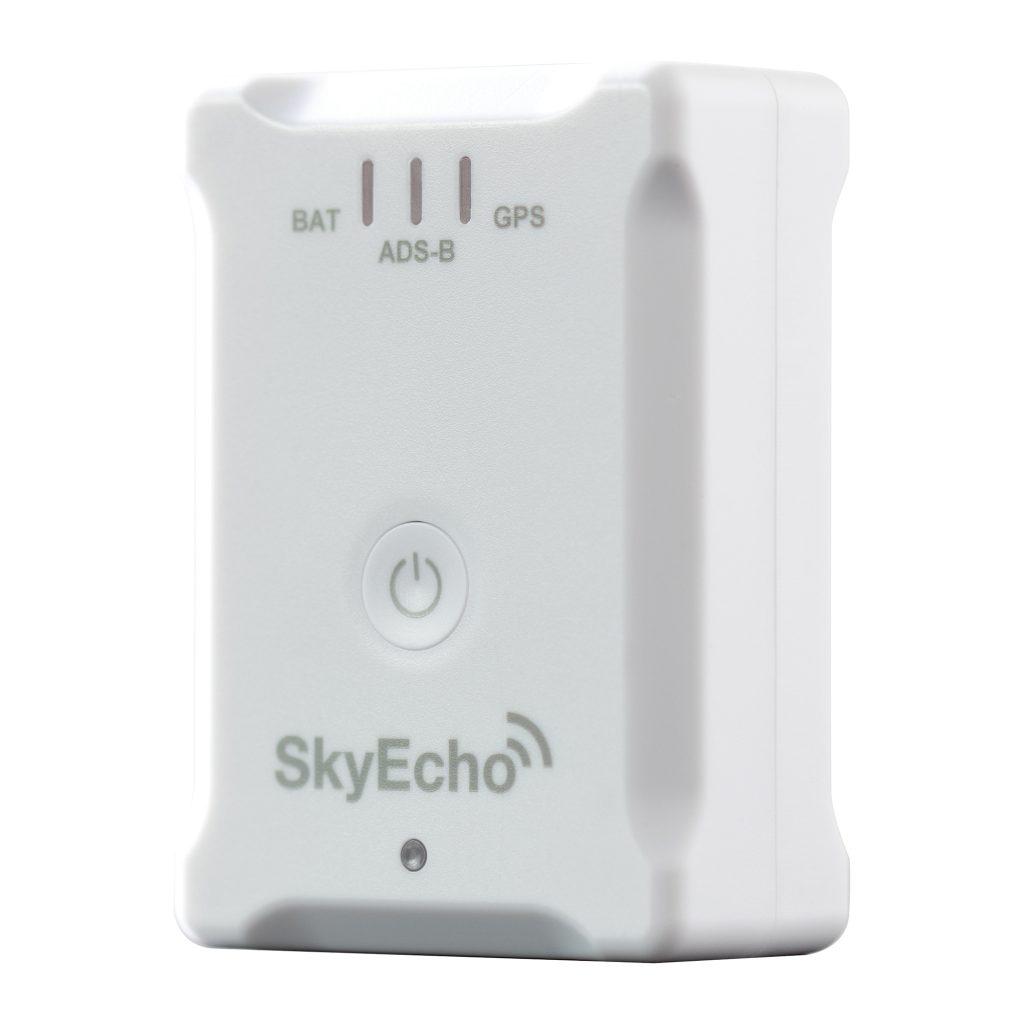
You can still fly without ADS-B. For VFR, Class D Airspace and Class G airspace below 10,000ft doesn’t even require a transponder. Above 10,000ft in Class G and Class E airspace you need a traditional transponder with Mode A and C as a minimum. So, you don’t have to fit ADS-B for a lot of flying. Fitting a small portable device like the SkyEcho seems obvious to me with the triple benefits of awareness of traffic around me, better visibility and letting any of those pesky drones know I’m about.
Nothing will take the place of a good set of eyes, but ADS-B, even in a limited EC form, has the ability to increase your visibility and awareness. While the government has a 50% subsidy you might want to get on board sooner rather than later.
